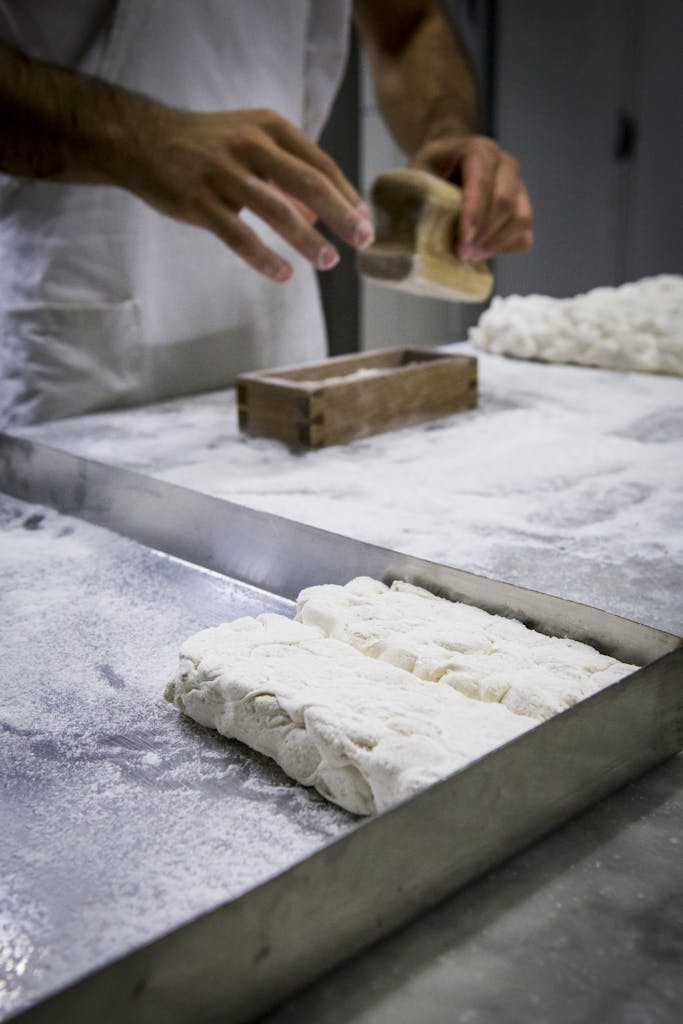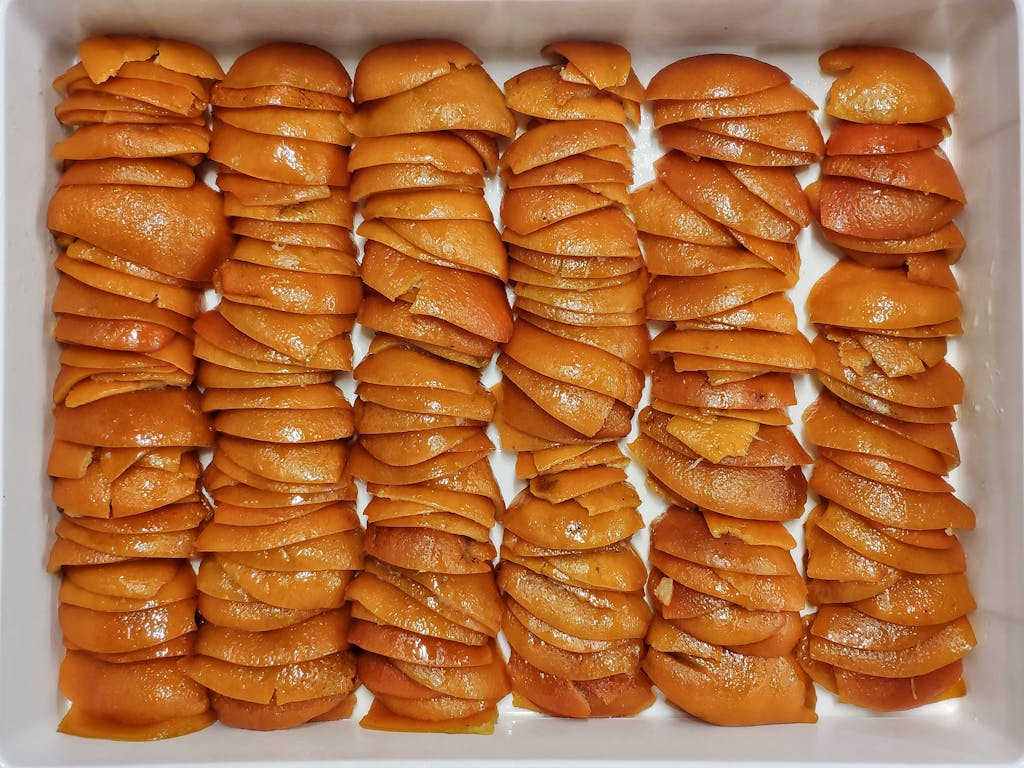S.A.L.T. Experiences: Almond Joy of Sicily
Sicilian Baroque makes me want to run my finger over it and lick it clean, like fancy cake frosting. It’s impossible not to marvel at how delicious the decors of the balconies of Modica and Noto look, their porous stone voluptuously etched by expert hands, turning pink gold when the sun sets. The dessert analogy is fitting: these two jewels of festooned architecture, encased in the southeastern part of the island, are home to some of Italy’s most revered patisserie tradition. Modica is famous for its artisanal chocolate production, Noto is home to Corrado Assenza, legendary maestro pasticcere (you might have seen him on Netflix’s “Chef’s Table”) and “almond whisperer.” His Caffè Sicilia has been in business since 1892.

When Adam Sachs, director of the S.A.L.T. program, asked me to assist him in designing the backbone of the Italian itineraries, we got stuck on Sicily for a minute. I mean, the island is daunting. How to appropriately convey the passionate dance of opposites that make it what it is? History and innovation, aristocracy and working class, ancient palazzi and architectural atrocities built on the rubble of the 1693 earthquake, tragedy and joie de vivre, and the constant paradox of being an isolated entity but also a bridge between Northern Europe and the cradle of the Arab world. Sicily is all this. How to do it justice?
We went back and forth for a while, drawing on our personal experiences (did you catch Adam’s two-part S.A.L.T. Lab Radio podcast from the island?). Finally, it hit us: we could capture Sicily through the elements of sugar, salt and fire. Sugar, salt and fire are threads stitching the island together, shaping its geography, the nature of its people, and the peculiar gastronomy for which it is known all over the world. From the lava-filled innards of Etna, gripped by the hands of temperamental vines, to the Nebrodi mountain range, home to the ancient black pig; from the prized salt beds of Trapani to the sun-struck gold of its Durum wheat fields. And sugar, which is everywhere, really. But not the way you would expect.

Sweet mingles with savory in Sicilian food. Sometimes pasta is sweet and dessert less so. Take the cannolo, a fried casing filled with ricotta mixed with a lacrima (“teardrop” is the word Italians use for a “barely there” amount) of sugar. We figured, sure, anyone could tell you about this, but no one better than Corrado Assenza himself could show you what this really tastes like – starting with his beloved mandorla Romana (no relation to Rome). Assenza uses it for biancomangiare (a delicate almond pudding) as well as on spaghetti: he has always preached the importance of breaching the barrier between a restaurant’s desserts and the rest of its menu. Our paths have crossed over the years, and as soon as I shared our plans for S.A.L.T., he was game.
If you sign up for the program departing Siracusa, depending on the season, you’ll take a walk through his almond groves and perhaps see the production of his sheep’s ricotta. Next stop will be Caffè Sicilia, where the luscious seeds and cheese are turned into nougats, frutta di Martorana (almond paste in the shape of Sicilian fruit), cassate and cannoli. Each delicious slice, cup, bite is the result of a precise craftsmanship of flavors. Assenza will guide you through a tasting to remember. “There’s a big difference between ‘sweet’ and ‘sugary,’” he says. “And I’m on a constant spasmodic quest for nature’s own sweetness. I don’t like to add refined sugar,” he points out, a key element in his philosophy which favors honey and pivots around a lighter (less yolks, less fat, no artificial thickenings), gentler patisserie.

“Sicilian patisserie only became sugary in the past 70 years, but originally” – he means when the Arab influence was taking hold – “we had treats like cuccìa, boiled Durum wheat berries, naturally sweet.” Which brings us to the mandorla Romana. While the prized Pizzuta d’Avola variety is so perfectly oval-shaped that it begs to be coated with sugar and turned into pretty confetti (the confectionary, not paper kind), the Romana’s seed is made of two halves hugging each other so tightly they become misshaped. “But its steel-like shell insulates the seed from the brutal summer heat and the almond ends up retaining more fat, and flavor. Its slightly bitter aftertaste makes it perfect for nougat, because it counterbalances the honey and natural citrus oils of the recipe.” Assenza says “if you chew on a fresh Romana, it turns into cream on your tongue.”
As soon as he speaks these words, I’m transported back to a table outside Caffè Sicilia, in the pedestrian center of Noto, a few steps from the cathedral and the frosting-like balconies: I’m scooping up almond granita with a piece of brioche col tuppo (a brioche bun “with a round hat”), crushing the tiny ice grains under my teeth and letting the creaminess of the almond melt away my troubles. Assenza makes his granita, gelato and sorbet with the same vintage Cattabriga machine he’s used since the beginning. He only makes a handful of flavors at a time, such as almond, lemon, tomato and strawberry. Mulberry is also quite the hit, as is the blend of lemon, almond and Navelli saffron. Fruit is used strictly at its maximum seasonal peak, then pureed, juiced or squeezed: whatever provides the least amount of stress for the ingredient, and the maximum amount of flavor extraction.

As much as I love his almond granita, I think his pistachio nougat is pretty sensational too, as are his almond cookies with wild aromatic herbs. And what about his candied orange peels? There’s a good reason why they’re the choice of Italy’s best panettone-makers. Adam and I can’t wait to be back to Caffè Sicilia, and for you to visit as well. Assenza has just finished renovating it: he has optimized production in the in-house laboratory without changing the charming atmosphere of the shop. “Abbiamo rifatto le cose per lasciarle com’erano,” we redid everything so that everything could stay the way it was.
Stay tuned as we continue our voyage behind-the-scenes of how S.A.L.T.’s programming is created. We conceived this series to provide insight about the process, and get you excited about the adventures to come. Follow along as well with our S.A.L.T. podcast series (have you checked out our episode on Sicily?).
